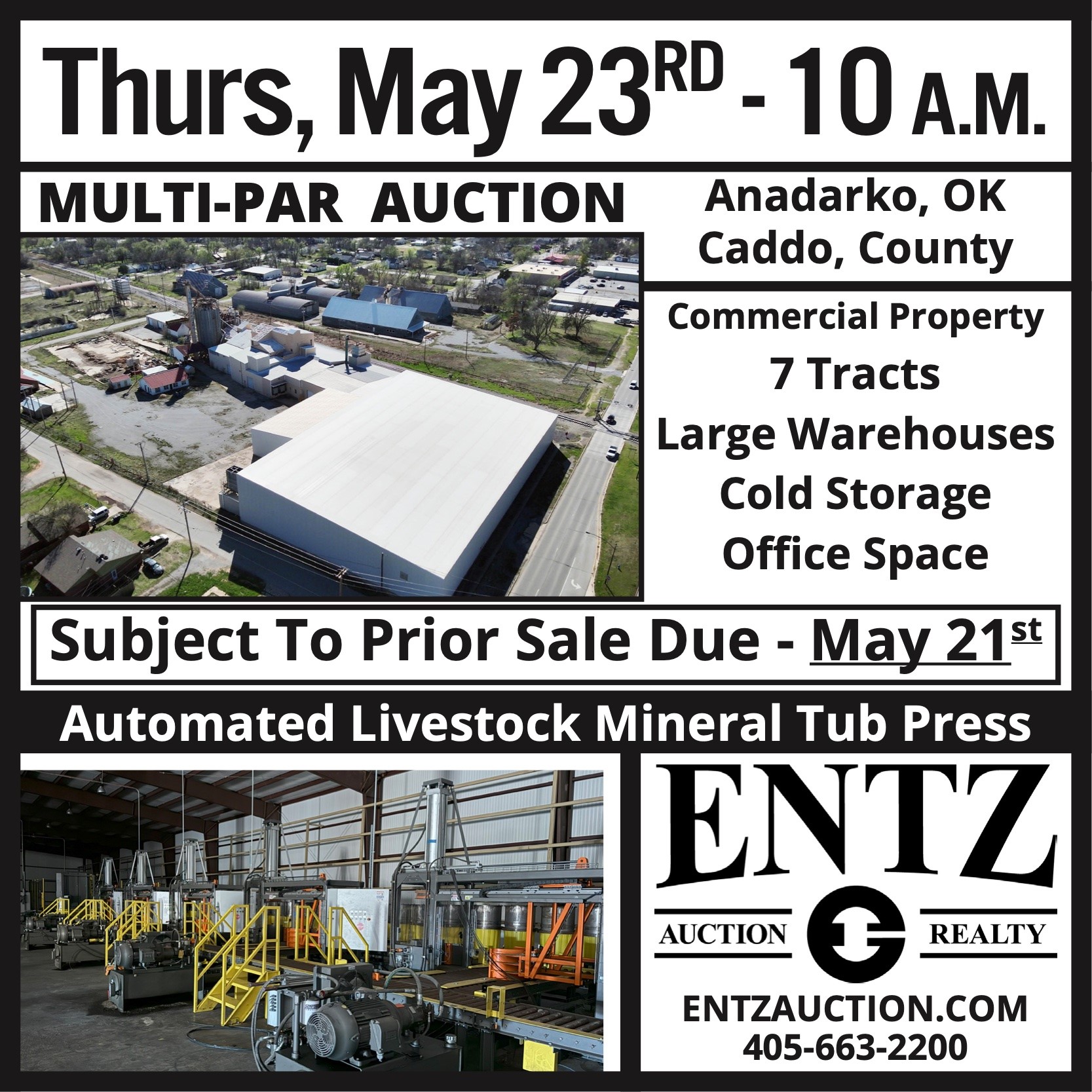
Agricultural News
Glynn Tonsor Offers History Lesson in Packing Plant Closures
Thu, 14 Aug 2014 15:13:00 CDT
Kansas State University Research and Extension Livestock Economist Glynn Tonsor explains how tight beef supply has caused several U.S. packing plants to turn off the lights and the economic impacts of these closures.
March 2008, Emporia, Kansas a Tyson beef plant ceased a majority of its beef processing operations. February 2013, Plainview, Texas Cargill stopped processing beef at one of its facilities. April 2014, Brawley, California a beef packing plant operated by the National Beef Packing Co. closed its doors. In just the past two weeks, closing announcements of another Cargill packing plant in Milwaukee, Wisconsin, and L&H Packing Co. in San Antonio, Texas, have come to light.
These few examples of closures in the last six years reflect a trend in the United States that has gone on for more than a decade, according to Glynn Tonsor, livestock economist for K-State Research and Extension.
"For more than 12 years we've been shrinking the U.S. beef herd, so we need fewer processing plants and feedlots than we used to," Tonsor said. "Economists call this excess capacity in the industry. Plant-by-plant there may be individual reasons for the closings, but the national-level story of why we are having closures is we simply have more hooks and more processing capacity than we need."
Tight cattle supply has driven the closures, which has affected different major packing companies in different areas. Tonsor said location of the plants is part of the issue.
"The availability of cattle, the proximity to the border to be able to import cattle from Mexico or Canada and the proximity to large dairies if it's a cow processing facility all come into play," he said. "But, at the end of the day each plant has to have a local supply relative to its capacity. Some plants are in a better position with that than others."
Tonsor said the United States' beef processing industry is slowly moving north and east compared to what it used to be. He recognizes the Milwaukee plant closure doesn't fit that trend, but in general, the processing move is consistent with the cattle supply moving north and drying up in the industry's southwest corner an area that has experienced severe drought the past few years.
Economic impacts
Many are affected by the closures, Tonsor said, especially the local plant workers who have lost jobs. The local impact of a closure, from an economic perspective, is a reduced tax base for the area and property value pressures, as examples, that adversely affect the local economy.
"That doesn't fit the livestock or meat supply chain per se, but I don't want to understate the impact (of closures) on the local economy," he said.
From a national perspective, Tonsor said he believes the excess capacity issue will take time before it's resolved, and it will get worse before it gets better. Perhaps the announcements aren't surprising, but it's hard to say which plant is going to close next and when.
"We're probably not done; we may have more yet (to close)," he said. "We're probably going to shrink the herd even more. To grow the herd, we have to shrink supplies by holding females out of the supply chain to expand the breeding herd."
The uncertainty of which packing plant or feedlot might close next is an economic drain, Tonsor said. When the industry comes to equilibrium, where the right number of packing plants and feedlots are in place, the uncertainty will lessen.
"There's notable value in (reduced uncertainty), because feedyard or cow-calf operators who retain ownership might be little less worried about local market access," he said.
Tonsor said he doesn't believe the excess capacity issue and individual plant closures will affect consumers, because competition in the packing industry remains vibrant. There isn't one plant processing all cattle, and several companies are still running multiple plants.
How herd rebuilding comes into play
Currently, the process of herd rebuilding in the United States on the heels of drought conditions and high cattle prices, is showing mixed signals, Tonsor said. He believes herd expansion is occurring, and some reports indicate that.
"We do have fewer heifers showing up in the feedyards," he said. "That tells me they're staying on a ranch somewhere, but to be fair, there are mixed signals."
The most recent U.S. Department of Agriculture (USDA) cattle inventory report shows herd expansion is not happening, Tonsor said. So it remains unknown if cow-calf producers have started the process.
"Once it has started, it's a two-year process from when we hold a heifer back until we get a calf that enters the supply chain to grow the total calf crop," he said. "Most would say it's even three years by the time you account for delays in getting an animal bred. It's a multi-year story."
The beef industry has a much longer biological lag in the entire production process compared to many other meat industries, Tonsor said. The lag is a good thing in that cattle producers have price support because of current tight supplies and strong demand. However, it's a bad thing for operators in the feeding and processing segments, because excess capacity could take that much longer to be resolved.
WebReadyTM Powered by WireReady® NSI
Top Agricultural News
More Headlines...



















